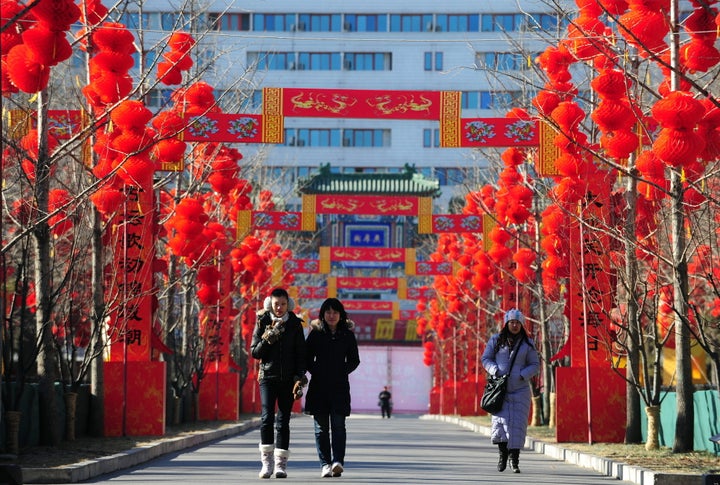
China's half-forgotten second-tier cities are an abyss of longing, regret, and what-ifs. What if Nanjing had survived the Japanese invasion and had gone on to flourish as the commercial and cultural capital of China? What if Suzhou had lived up to its state-sponsored reputation as "Venice of the East," instead of becoming a victim of its own hype, perpetually submerged in a fog of industrialization and tourism that seems to benefit only overfed bureaucrats?
Every now and again, though, a place manages to slip through the cracks, and we're reminded of the sanctuary it provides from the government's breathless labelmaking. Recently, I hopped on a long-distance bus to the city of Yangzhou, one of China's fabled destinations of yore. Yangzhou is breathtakingly beautiful, all rippling canals, charmingly rickety bridges, anachronistic archways, cobbled streets, and a majestic Slender West Lake that rivals anything in Hangzhou (China's most bankable asset for tourism) in terms of sheer panoramic grandeur. It's also a, pardon my French, pain in the arse to get there. The D train--China's fastest train and most painless, efficient mode of transportation -- is nowhere to be found in Yangzhou. Meaning what would otherwise be a three-hour ride from Shanghai takes close to six, due to a torturously circuitous route.
Of course, many cities throughout China get relegated to the T's and Z's (letters that designate slower trains), so what makes Yangzhou deserving of a D? Well, there's the history, for one. Former president Jiang Zhemin was born and raised there, and prior to the 19th century, it served as a key hub for China's salt, rice and silk trades. Yet culturally is where Yangzhou truly stands out. And by culturally, I mean, the touchstone of its once-lofty status -- the Huiyang cuisine, one of China's four original culinary styles, which when I tried it, was as tasty as it is underappreciated elsewhere in the country.
Still, the fact remains that Yangzhou is a T or a Z, which makes it either a giant outlier in the government's long-standing tradition of mining canal-rich towns (see: Suzhou), or perhaps a built-in excuse to continue coddling the Hangzhou tourism bureau. Likely, it's neither. Instead, perhaps it's more instructive to think of China's second-tier cities as an elaborate game of musical chairs. When the music stops, someone is always on the outside looking in. For the time being, Yangzhou is in no hurry to grab a seat -- a strategy that befits the leisurely pace of its locals. But other members of the second tier aren't always so fortunate.
In Chongqing, for instance, mainland China's densest and most populous city, immensity has become a punchline for errant urban planning -- everywhere you look, giant cranes hover in mid-air and buildings appear as if they'll float away into some hazy nothingness. A friend once declared Chongqing to be bits of Hong Kong, Shanghai, and New York all rolled into one, and the comparison is apt -- if the blueprint for every major city in the world was this shoddily executed, the whole would add up to a great deal less than the sum of its parts.
The dirty little secret about China's first-tier cities is that their potential hardly ever pays off in time for the next round of what-ifs. With such a low success rate, it's no wonder that Yangzhou and Chongqing remain such elusive tourist pursuits. But that's not necessarily a bad thing -- sometimes, the half-forgotten destinations turn out to be the most memorable of all.